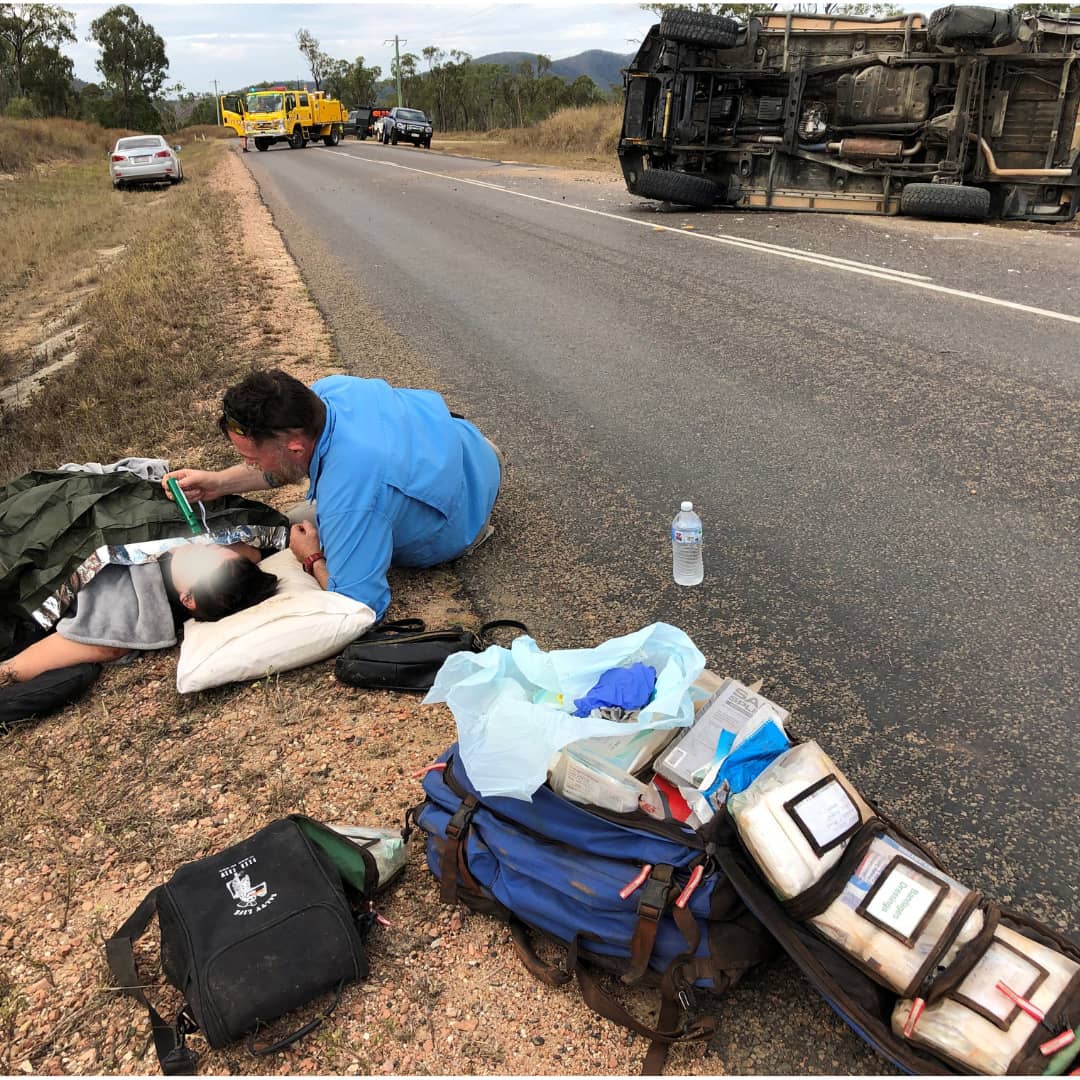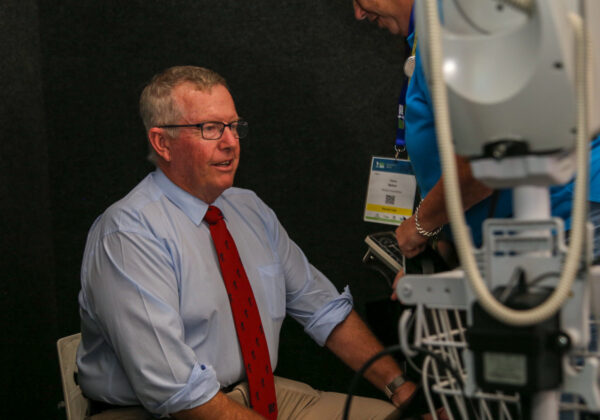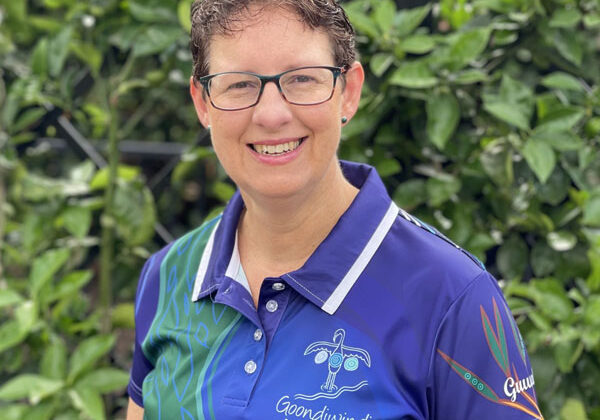
Dr Sleeman noticed the other accident victim was very pale and suspected internal bleeding. He was able to keep them warm with a space blanket and gain IV access whilst awaiting paramedics.
“The paramedics couldn’t believe it when they turned up and patients already had analgesia, splints and IV access, thanks to the Sandpiper Bag.”
Thanks to Alex’s timely arrival coupled with his medical expertise, he was able to stabilise the patients and minimise their pain. The Sandpiper Bag played a critical role in providing life-saving care in a rural roadside emergency.
Alex’s story serves as a testament to the dedication of healthcare professionals across remote and rural Australia, and highlights the value of being prepared for unforeseen emergencies.



